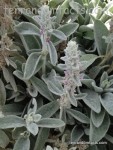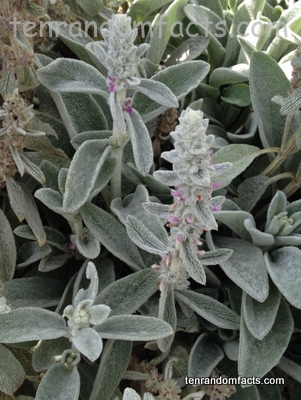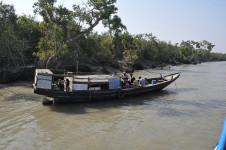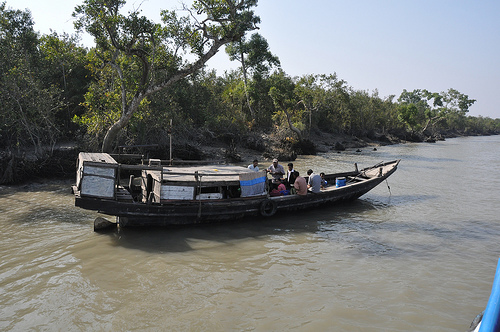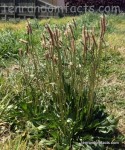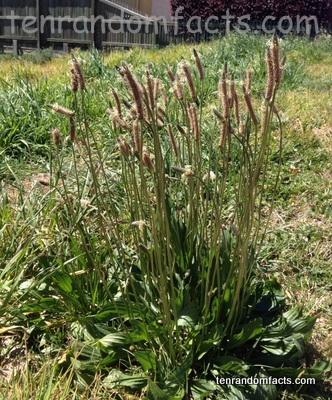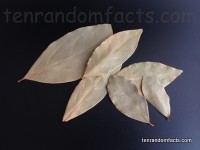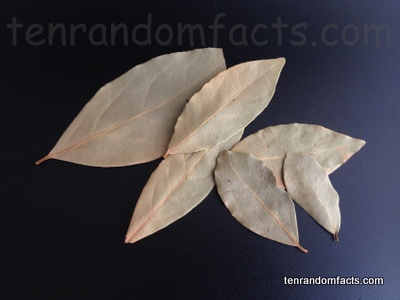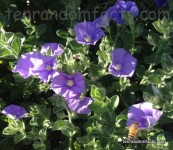
Wake up to the ‘ground morning glory’ early in the morning.
- Ground morning glories are plants that are native to North Africa and Europe’s Italy and Spain.
- A ground morning glory has the scientific name Convolvulus sabatius, and it is from the family Convolvulaceae, the family of morning glories.
- ‘Ground morning glory’ plants are also called ‘Blue rock bindweeds’ and ‘Mauritian bindweeds, and they are also known by the scientific name ‘Convolvulus mauritanicus’.
- Typically, ground morning glory plants grow to heights of around 15 to 20 centimetres (6 to 8 inches) and spread to a diameter of up to 100 cm (40 inches).
- Ground morning glories are hardy perennial plants that have received the Award of Garden Merit from the Royal Horticultural Society.
- The flowers of ground morning glory plants are blue or purple in colour, that are like a saucer in shape, and are approximately 2.5 cm (1 inch) in diameter.
- The blooming season of ground morning glory flowers ranges from summer to autumn, and they sometimes flower in spring.
- The best position for growing ground morning glory plants is full sun and they usually thrive in free-draining soils.
- Ground morning glories are typically used for ornamental purposes in pots, hanging baskets or gardens, as a ground cover or trailing plant.
- Ground morning glory plants have small green leaves, and the plants can be grown from seeds or cuttings.
Bibliography:
Convolvulus sabatius, 2013, Wikipedia, http://en.wikipedia.org/wiki/Convolvulus_sabatius
Convolvulus sabatius, 2015, Perennials.com, http://www.perennials.com/plants/convolvulus-sabatius.html
Convolvulus sabatius, 2015, Renaissance Herbs, http://www.renaissanceherbs.com.au/romantic-cottage/convolvulus-sabatius






